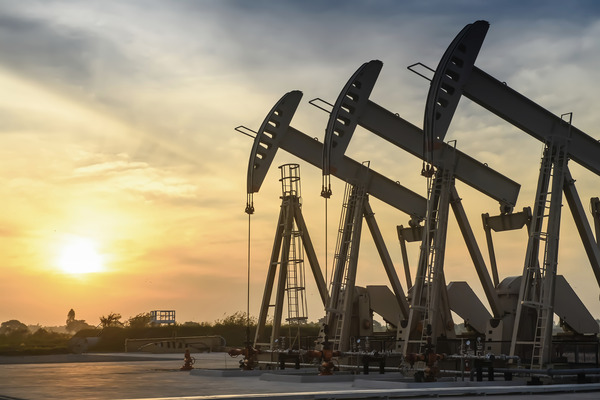America’s shale companies have promised to keep a lid on drilling, even if oil hits $100 a barrel, citing their need to maintain capital discipline.
This is great news for shareholders of all oil companies.
It seems that the executives at the shale companies have learned a valuable lesson…

US Shale Output in Decline
U.S. oil output more than doubled in the 10 years leading up to 2019, to a high of 13 million barrels per day. This was thanks to a shale revolution characterized by massive overinvestment and financial losses when oil prices crashed.
Investors in shale companies ended up paying a very high price for this largesse. The consulting firm Deloitte estimated free cash flow for the entire U.S. shale sector from 2010 to 2019 was minus $300 billion!
Fast forward to today and few believe the U.S. shale sector output will put a lid on Saudi-driven oil price increases. Rising costs for equipment and materials, labor shortages and a decline in output from new oil wells in shale fields have all added to producers’ caution in expanding drilling.
According to the oil services firm Baker Hughes, the number of operating oil rigs in the U.S.—a barometer for activity in the industry—has dropped 16% to 502, compared with the same time last year. For comparison, at the peak of the shale boom in 2014, there were 1,609 oil rigs operating in the U.S.
Demand > Supply
The global economy remains resilient, which continues to surprise Wall Street.
For instance, despite fears about economic weakness in China, its crude imports rose to 11.5 million barrels a day in August, according to the energy research firm Rystad Energy. That is 2 million barrels a day higher than this time last year!
The reality is that the world now produces less oil than it consumes, which is leading to rapid destocking. Inventories around the world plummeted in August and should continue to fall over the coming months.
Meanwhile, oil production has to run hard just to stand still. Output from big, conventional oil fields declines at a rate of about 3% to 5% annually, no matter what. And few new projects are expected to come on stream in 2024.
This reality in the oil market has completely wrongfooted Wall Street analysts.
They had expected earnings at the European energy producers to fall 23% in 2023 and a further 6% next year, according to Bernstein Research. These earnings estimates will have to be revised upward—perhaps by a lot.
This should further boost the stock prices of the European majors, including Shell (SHEL), TotalEnergies (TTE), and Eni (E). The European oil sector’s lowly forward price/earnings multiple of 7.4 times, despite record cash flow yields, make these stocks quite attractive at current prices.
And all of these companies have nice dividends—4.45%, 5.85%, and 6.20% respectively.
Let’s take a closer look at one of them—Shell—along with its dividends.
Shell Refocuses on Dividends
The most significant development at Shell with regard to its dividend has been the recent appointment of a new CEO, Wael Sawan, who has already shown a strong preference for oil and gas production over the company’s renewable energy pursuits.
His focus on shareholder return is already apparent. The company cranked up its latest quarterly payout by 13.8%, from $0.58 to $0.66, while also announcing another $3 billion share buyback.
There is a lot more to come. Thanks to the coronavirus pandemic—even with the increased payout—the implied annual payout rate is still 30% below its 2019 equivalent.
Expect further narrowing of that gap over the next few years. The company exited the first half of 2023 against a backdrop of “lower realized oil and gas prices, lower volumes, and lower refining margins.” That did affect capital expenditures, which were down 4% at the half-year mark to $11.6 billion. And yet dividend payments to Shell shareholders increased by 17% over the same period to $4.59 billion. That shows where Shell’s priorities are.
Also, the company has retired a sizable portion of its debts since the pandemic, which should lead to a 10% annual free cash flow growth through to 2025. Shell targets total distributions of 30% to 40% of operating cash flow
In addition, the stock’s enterprise/cash profit multiple (EV/Ebitda) of 3.6 times provides a much more favorable entry point when compared with the likes of ExxonMobil’s (XOM) 5.2 times and Chevron’s (CVX) 5.67 times.
SHEL is a buy anywhere in the mid-$60s a share.





